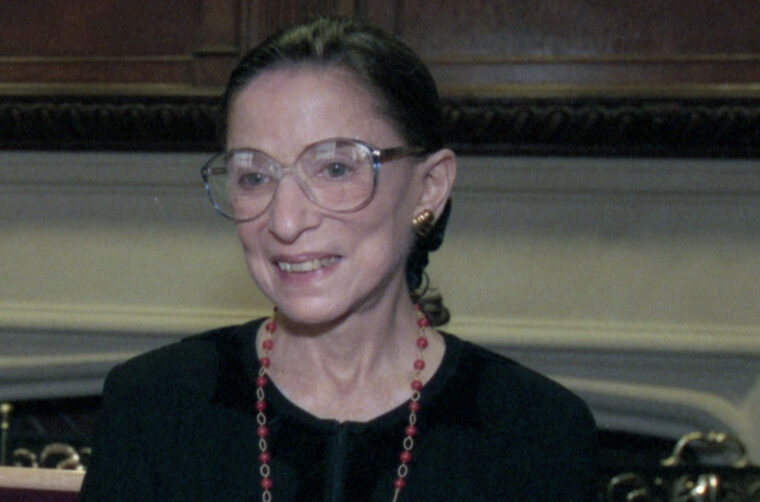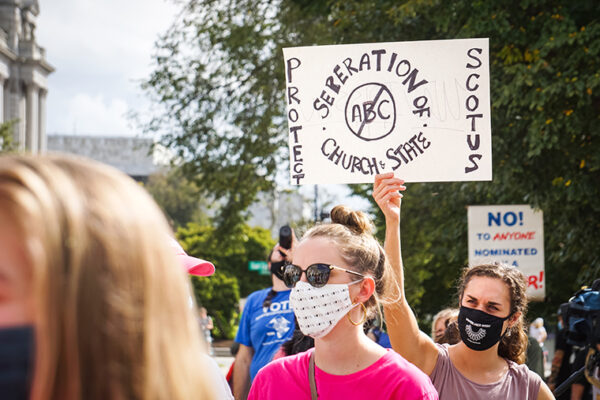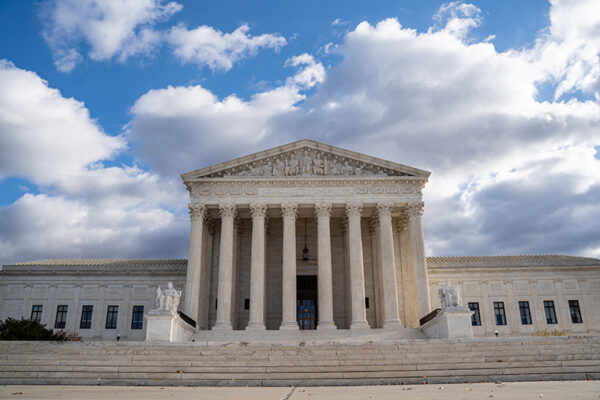President Donald Trump’s apparent top picks to replace Ruth Bader Ginsburg on the Supreme Court — Judges Amy Coney Barrett and Barbara Lagoa — would fall ideologically somewhere between Justices Neil Gorsuch and Samuel Alito, shifting the median of court far to the right, suggests a new analysis by Supreme Court experts at Washington University in St. Louis.

Trump is expected this week to make his nomination to replace Ginsburg, who died Sept. 18.
In the analysis, the researchers located 38 of Trump’s possible nominees to the Supreme Court, along with two possible Joe Biden nominees, and plotted them ideologically with the current justices.
The paper, titled “Replacing Justice Ginsburg,” is authored by Washington University’s Lee Epstein, the Ethan A.H. Shepley Distinguished University Professor, and Andrew D. Martin, chancellor, and Kevin M. Quinn of the University of Michigan.
“Sixteen of the names on Trump’s lists, including the frontrunners Barrett and Lagoa, fall into the ‘clear conservative’ category — roughly in the same ideological range as Gorsuch and Alito,” the researchers wrote. “The possibility of ideological drift aside, we predict that all 16 will be reliable conservatives voting to limit gay rights, uphold restrictions on abortion and invalidate affirmative action programs and campaign finance regulations, as Alito has done throughout his career.

Given the history of rulings by seven of the candidates, the researchers wrote that those candidates would be expected “to reach conservative decisions in 71% of all cases and in 84% of non-unanimous decisions. The percentages for Ginsburg are nearly the reverse: 23% and 11%. Under this scenario, (Justice Brett) Kavanaugh would remain the court-wide median, but the center of power within the five-member conservative majority would shift from Gorsuch to somewhere between Gorsuch and Alito. It is also plausible that Kavanaugh and Gorsuch, and perhaps even (Chief Justice John) Roberts, shift to the right, aligning themselves with Trump.”
Such a shift could also mean that more than 100 previous Supreme Court rulings might get redressed and ultimately changed.
“Taken collectively, the analyses suggest that at least 115 precedents could be reconsidered in the next few years. … The ‘at least’ is an important caveat because on the conservatives’ list of incorrectly decided cases are many that predate Ginsburg’s appointment.”
The full analysis can be seen here. The authors’ thoughts on Ginsburg’s legacy and implications of her departure can be found here.



